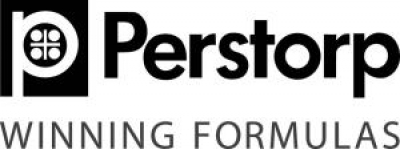Packaging design - cationic curing materials, technology, benefits and availability
Cationic UV curing already has a long history in coating design for packaging (eg beverage can rims on metal, or highly resistant plastic bottle inks), but it is a technology that has not had any easy past. Early patents restricted material development and high profile regulatory issues (antimony and benzene) led to suspicion. More recently there were material availability problems and volatile pricing after a high profile exit from the market (cyclo-aliphatic epoxies). All of which has limited the growth of a technology with very particular technical advantages for many packaging applications. Many of the past problems are resolved and there is good reason to look closely at the advantages of cationic cure.
The speed, space saving and energy efficiency of UV coatings and inks are all attractive, but often only cationic UV curing formulations offer required levels of adhesion and resistance. Designs which require a high degree of flexibility or extension (such as drawn containers, ROPP caps or flexible plastic packaging) could utilise cationic UV or “hybrid†curing.
This presentation will consider the relationship between package design and UV curable coating and ink formulation. It will focus primarily on a comparison of existing materials and their suitability in formulations for packaging design in the future. It will look at available diluting raw materials, reactive "resins" and flexibilisers, with respect to speed of cure, adhesion, viscosity, resistance, stability, odour, flexibility etc. Most importantly, we will relate design of packaging to material choices. Familiar materials such as epoxies, vinyl ethers, oxetanes, polyester polyols, caprolactones, lactides and dendritic polymers will be shown as candidates in cationic and hybrid formulation.
Join us if you are looking to tackle packaging problems with a "holistic" approach as this presentation will focus on the applications for cationic curing, followed by a brief Q&A discussion.
Presented by

Paul Kelly,
Technical Market Development Manager - Innovation
Paul has worked at Perstorp for 4 years and has special responsibility for applications in the worldwide radcure markets.
With 35 years of continuous experience in radiation curing, he started working on Radcure formulation (including cationic) for metal decorating at "Coates Bros" (later part of Valspar) in 1981 and studied Polymer Chemistry at the London school of Polymer Technology (North London).
Originally a formulator of inks and coatings, he has worked in resin development and sales for 10 years and has recent experience in market development with the Perstorp range of intermediate raw materials.
He is a chemist with a focus on end use, markets and applications.




